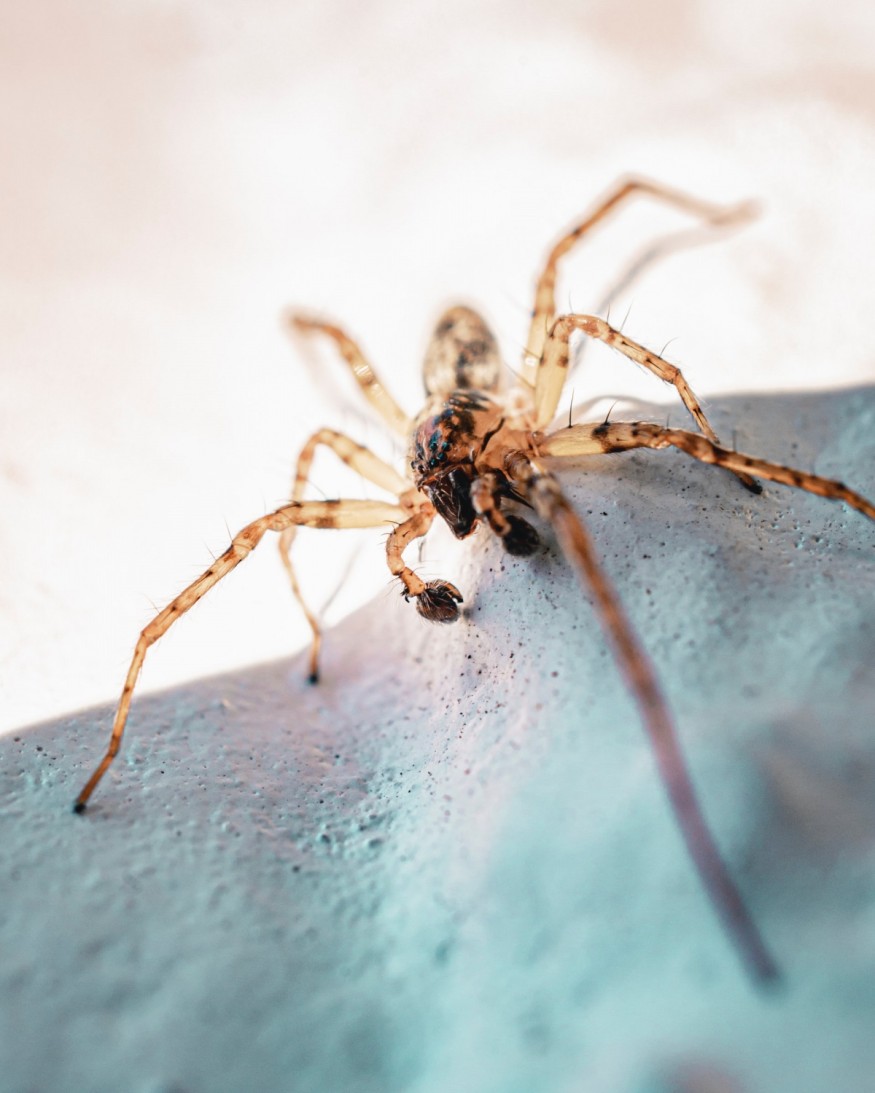
If you spot a spider in your home, your first reaction might not be positive, especially if you're afraid of these creepy critters. However, household arachnids are a lot more common than most people think.
While some can be harmful, most are actually good for you and your house and keep pests away. In fact, some species keep roaches, mosquitoes, flies, and millipedes from invading your home.
If you want to know which ones to keep around, and when to reach for a can of pest killer, keep reading.
American House Spider
These small brown-grey spiders will usually have some white markings, and their webs are tangles and messy. They're one of the most common spiders you'll find around your home - and one of the most harmless. These little critters are smaller than a nickel and are far more interested in flies, mosquitoes, and ants than they are in big, scary you.
Black Widow
Black Widows are sometimes described as beautiful, with their dark black coloring and the red hourglass shape on their abdomens. However, these beauties are just as dangerous as their namesake, with highly potent venom. In fact, according to this online blog article from PestGuide, a Black Widow's venom is 15 times stronger than that of a rattlesnake.
You'll likely find Widows hiding in dark corners, like your mailbox, garage, and tall grass. Symptoms include intense pain and vomiting, and if you suspect that a Black Widow bit you, it's best to get to an ER quickly.
Wolf Spider
When you think of the saying, "It's more afraid of you than you are of it", this spider is the perfect example. These hairy spiders will much rather hide than try to bite. They show up in basements, garages, sheds, debris, or anywhere you might find insects.
You won't find them weaving webs, either, as they're nomadic and prefer to hunt their prey. Usually gray, brown, or black, it's easy to confuse them with Tarantulas.
Daddy Longlegs
You've probably encountered these odd spindly-legged spiders all over your house and garden before. They tend to hide and prefer living outside rather than indoors. Contrary to myths that claim a Daddy Longlegs is poisonous enough to kill a horse, these critters rarely bite, cause little more than a mild burning, and aren't dangerous at all.
Brown Recluse
If you spot a brown spider that looks like it has a violin-shaped mark on it's back, be very careful. It's likely that you've just encountered a Brown Recluse, and you don't want to get bitten. Its venom is necrotic, which means it can kill the cells and tissue around the wound, causing serious damage.
They usually hide in dark and undisturbed areas, like your basement or shed. However, they might also hide in a pile of clothes, shoes, or in a closet. If you get bitten, get to a doctor or ER immediately.
Jumping Spider
Have you ever heard of Lucas, the jumping spider? If you have, you'll likely know about these cute and creepy critters. They don't spin webs, and their fur can be black, brown, striped, or even iridescent. Their most notable trait is their giant four eyes, making them look cuter and weirder at the same time.
They're active hunters in the day and don't spin webs. Usually, they'll be climbing walls, ceilings, or trees. They might give you a painful bite, but usually only if you threaten them. You can also keep one as a pet.
Final Word
While it might not always be fun finding an eight-legged creeper in your house, think twice before you grab a broom. Many spiders aren't harmful, and all of them work hard to keep your home clear of bugs and insects. Unless your friendly household spider is poisonous, perhaps it's best to leave it to do its work.
© 2025 NatureWorldNews.com All rights reserved. Do not reproduce without permission.





